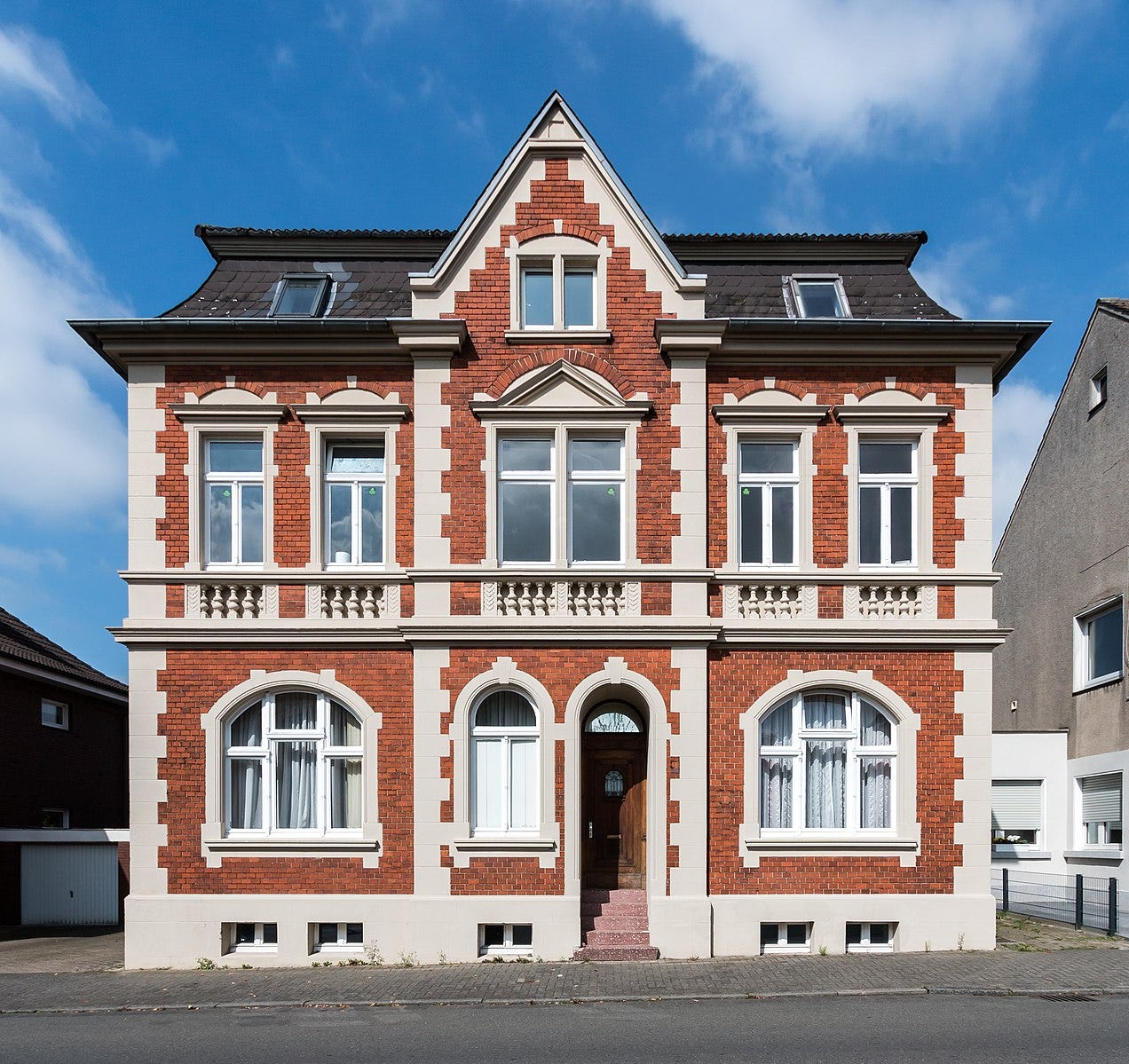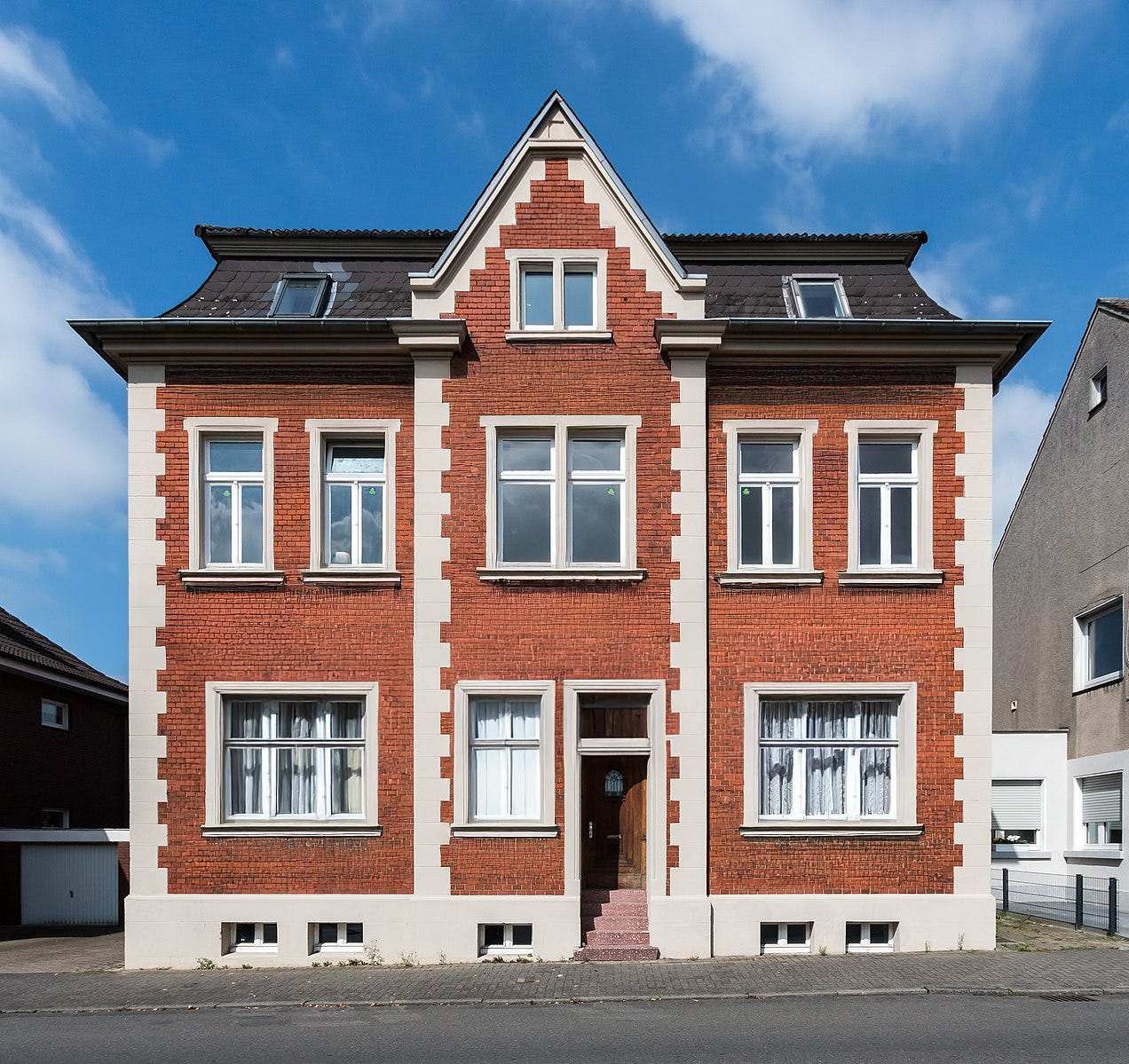We can’t truly love someone, or anything really, without recognizing them as unique. For example, it’s one thing to say you love children, but it’s quite another to care for your own. Similarly, romantic love might spring from eros, but the attachment a man feels for his wife transcends the attraction he feels for women generally, or at least let’s hope so on this Valentine’s Day.
The same distinction is true with the buildings we care for. And though there are many buildings I love, the thought of architecture without any particular form sparks not a shred of joy in me. In this way, aesthetics is a critical ingredient to our experience of love—not just for the overly-enthusiastic sort that architects might profess, but also the neighbourly love that ordinary people feel for the beautiful buildings around them. Love of this kind is based on genuine attachment, and worthwhile buildings must feel right for their context, while also identifiable as individual places of value.
One of the main ways that buildings have traditionally been given their individualizing character is through ornament. Admittedly, a precise definition is hard to pin down, but one could say that ornament constitutes an alteration to an object’s form that—strictly speaking—is not necessary to its function.
Buildings, of course, are like other useful objects in that they usually do have a purpose in mind. As a consequence, decorative features are often articulations of specific functions. But, as with an artfully sculpted roof bracket, embellishments often reflect aesthetic choices that go beyond pure need. Further than that, many buildings often bear elements that are undeniably functionless: like the sculptures added to Greek pediments or the simple, but ultimately discretionary patterns that a tile setter may lay.
Ornament, however, is anathema for modernist architects—as close to an architectural sin as there may be. As a consequence, most buildings in our current age tend towards a stripped-down, minimalist look. The net effect is a built environment of largely undifferentiated, boring buildings, and—as we contemplate the nature of love on this Valentine’s Day—I argue that the resulting structures are ultimately unloveable.
As a test case, consider this nineteenth-century building from Dülmen, Germany—plucked from the ether because of its strongly ornamented features. Perhaps its even too embellished, but I think one would have to agree that it possesses at least a measure of beauty. Let’s see what happens as we strip away the decorative features.
First, let’s take off the belt courses and balustrades between them: that stone work which divides the main floor floor from the one above. Let’s also remove the arches—today it would be cheaper to span these openings with steel lintels. With these revisions, we still have a handsome building—perhaps more so with a better degree of modesty.
But how would you feel if we removed the stone coining: those cream-coloured stones running along the building’s outside corners? Perhaps it’s no longer love at first sight, but there’s definitely still a certain “something” about it. I think that my own affection would likely warm with time.
For our next deletion, let’s take out the stone work altogether. What we’re beginning to arrive at is an elevation that looks more like the rear than the front: the individuality of the facade is starting to fade. We’re also getting closer to what many new buildings look like today.
If we take off the eave and roof mouldings, our building is now whittled down to its bare form. It looks a bit sad, but at least there is still the sense that someone lives there. Perhaps on a warm day the windows are open, and the familiar sounds of domestic life can still be heard.
But if a true minimalist had their way, the last vestiges of life would be removed even from the windows. Our building would be given the dead-eye stare that comes when glazing is maximized without any regard for the window as a contributing architectural element. No longer screens that mediates the inside from the out with mullions, muntin bars, and tracery, the windows are transformed into mere, reflective glass.
The final result of our unornamented building sparks no particular feeling in me at all—certainly not love. Unlike a person, when we undress a building, we don’t reveal some beautiful form underneath. Rather, we lay bare the cold utility of our physical needs, and our de-decorated building has all the aesthetic appeal of a cardboard box. Perhaps in considering this architectural striptease this Valentine’s Day, we can remind ourselves that we need something more than mere utility—both in romance and in architecture, alike.1
For the photoshop work on these images, a special thanks to my wife, business partner, and valentine of seventeen years, Charisma Panchapakesan.











Excellent - loved the way you have explained -